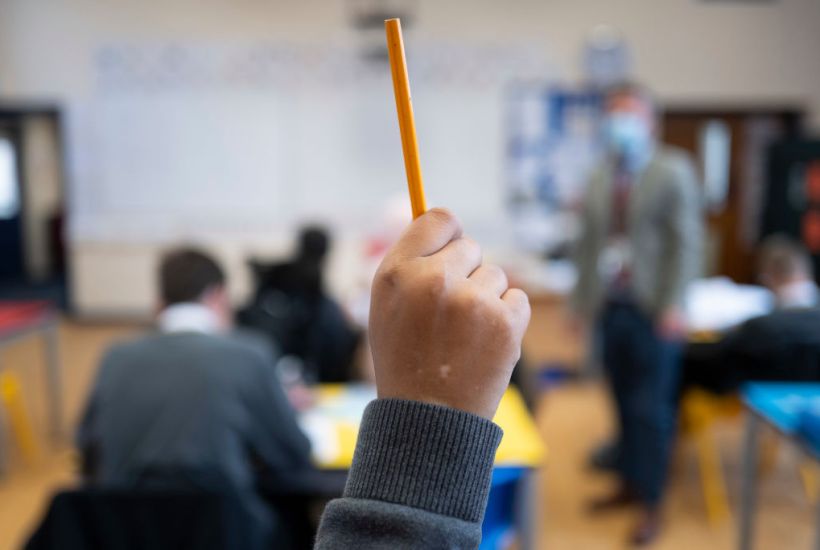After the JCVI recommended against offering vaccines to children aged 12 to 15 on health grounds, the government asked the four chief medical officers to consider the broader case, including the impact on schooling.
As we know, the government has now accepted the chief medical officers’ recommendation: that all 12 to 15 year olds should be offered one dose of Pfizer on the grounds that doing so will reduce disruption to education.
Already a subscriber? Log in
Subscribe for just $2 a week
Try a month of The Spectator Australia absolutely free and without commitment. Not only that but – if you choose to continue – you’ll pay just $2 a week for your first year.
- Unlimited access to spectator.com.au and app
- The weekly edition on the Spectator Australia app
- Spectator podcasts and newsletters
- Full access to spectator.co.uk
Or




















Comments
Don't miss out
Join the conversation with other Spectator Australia readers. Subscribe to leave a comment.
SUBSCRIBEAlready a subscriber? Log in